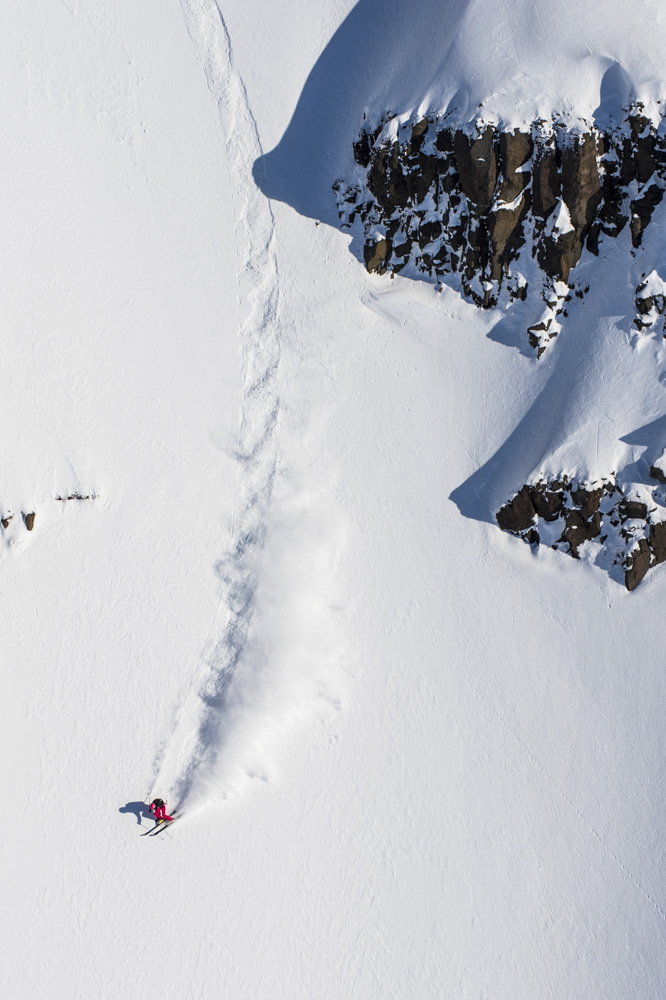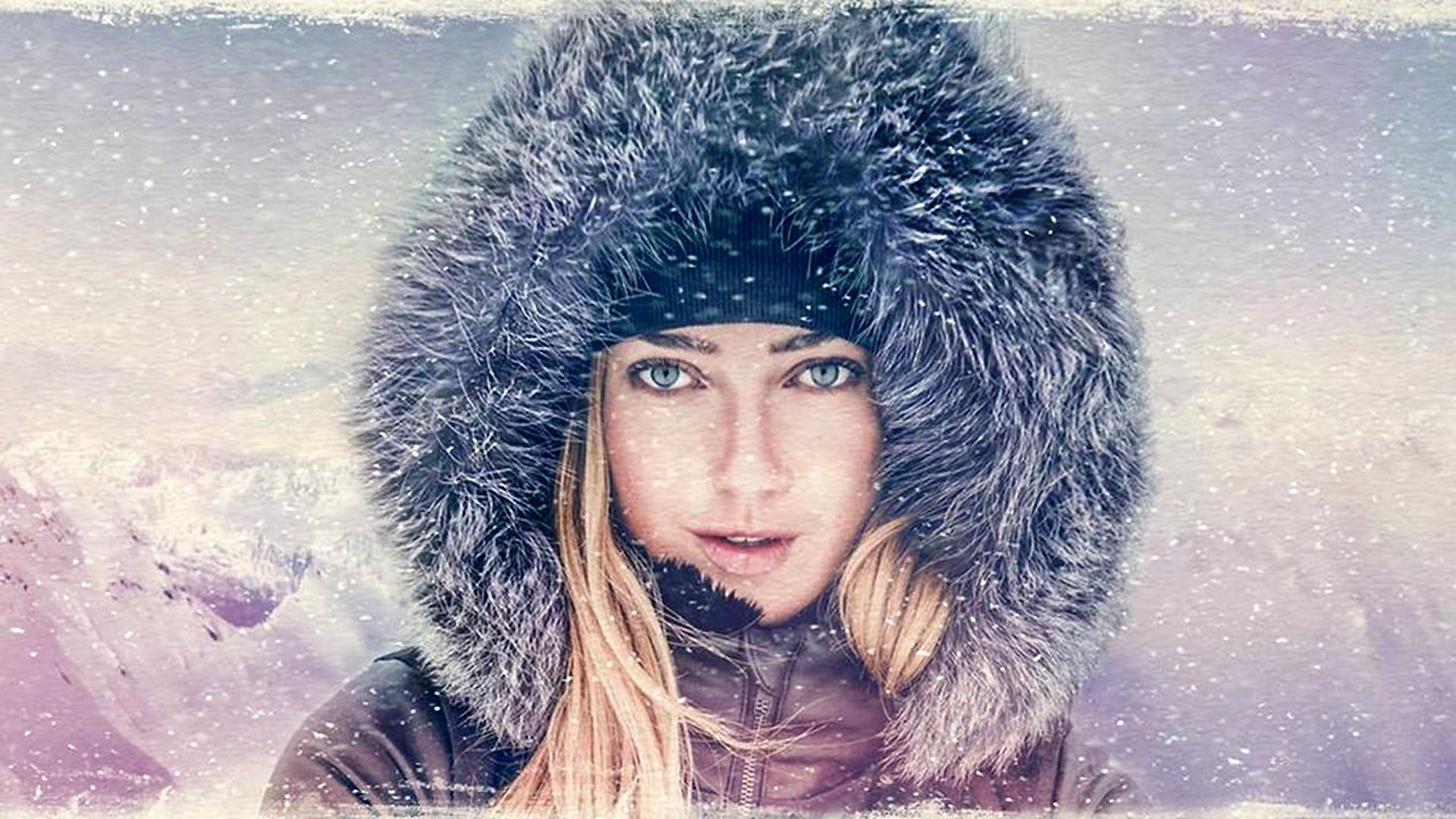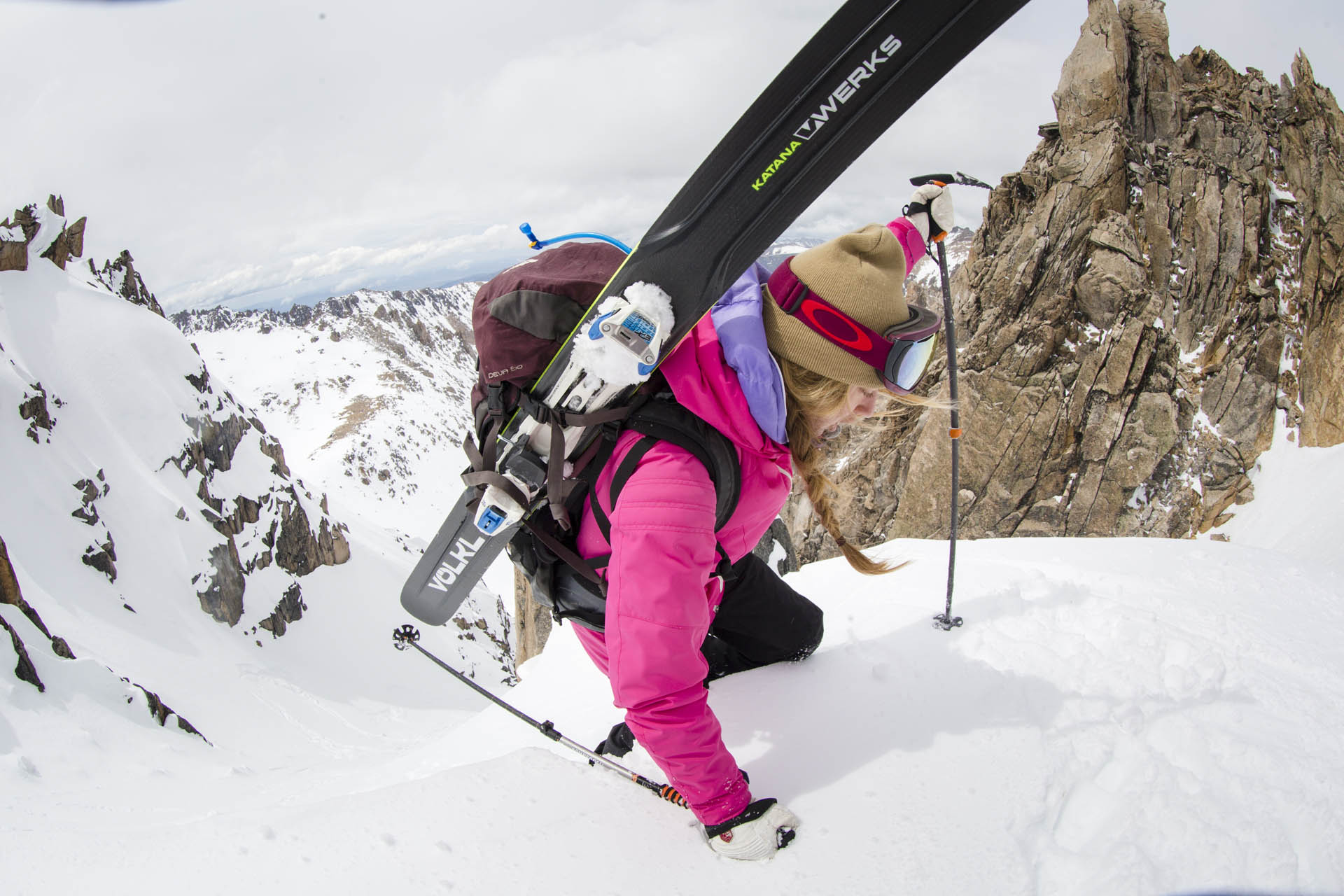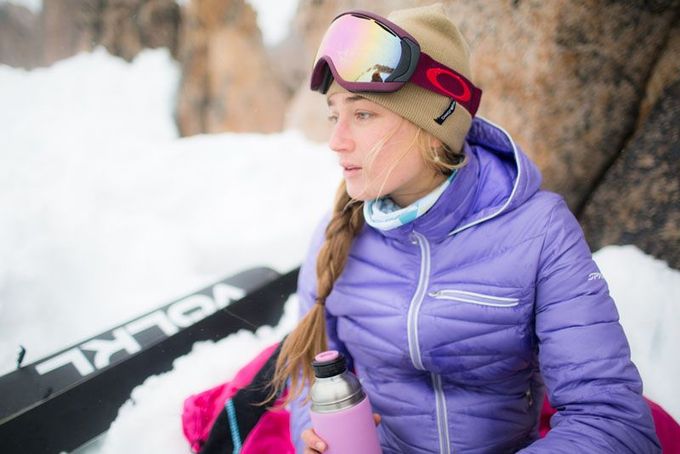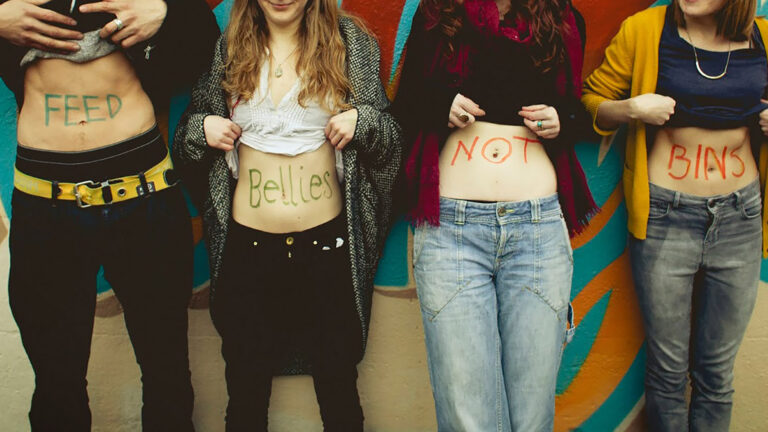Main image by Chugach Photo
Sierra Quitiquit. You might not know her by name, but chances are you’ll recognise her face. She’s a professional freeskier, sponsored by Spyder and Völkl, who models for some of the world’s biggest brands including Nike and Lululemon.
Far from the model who looks pretty but wouldn’t know what to do with a pair of skis, Sierra is as comfortable on a 100ft high billboard in New York’s Times Square as she is charging a steep rock-strewn line in Alaska.
Aged just 26, she had a whirlwind rise to success from flipping burgers to international modelling deals. But it’s not come easy. Sierra has had to deal with more emotional trauma and family troubles than most – from coping with death and to her brother’s heroin addiction.
After watching the trailer of her new film, How Did I Get Here, it quickly becomes clear there is far more to Sierra than meets the eye.
